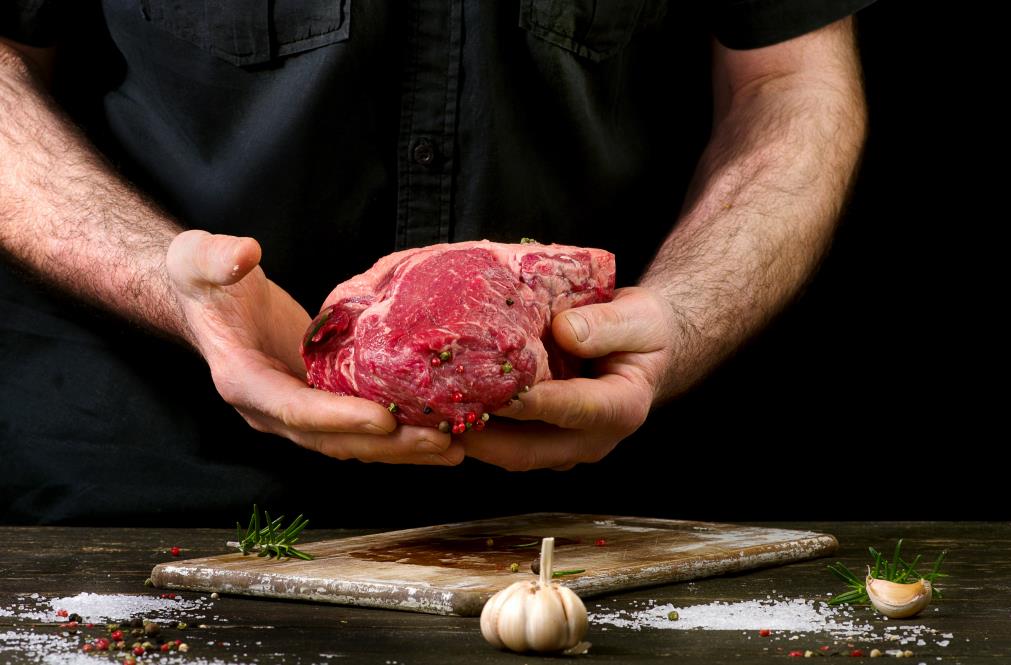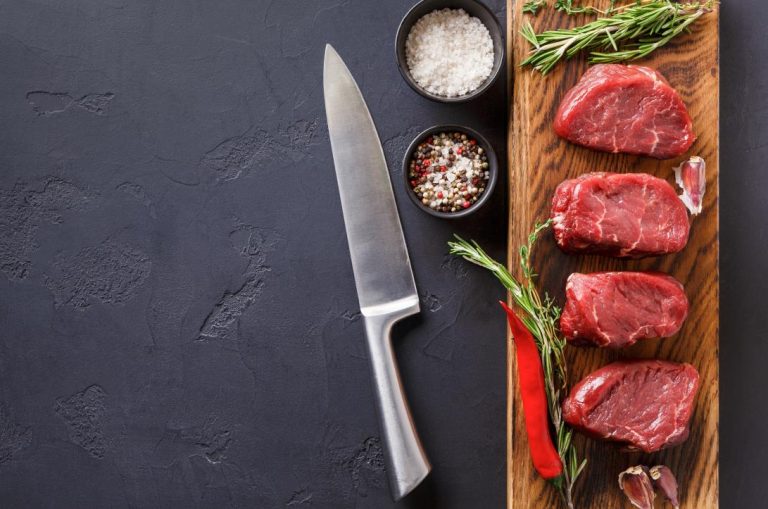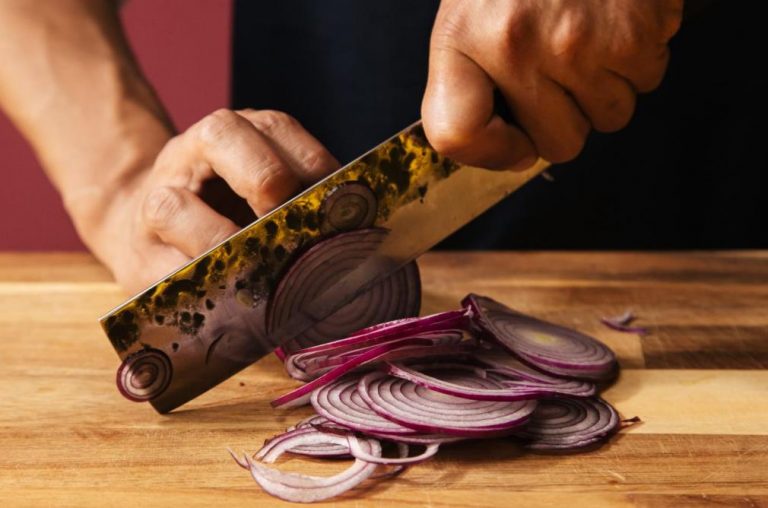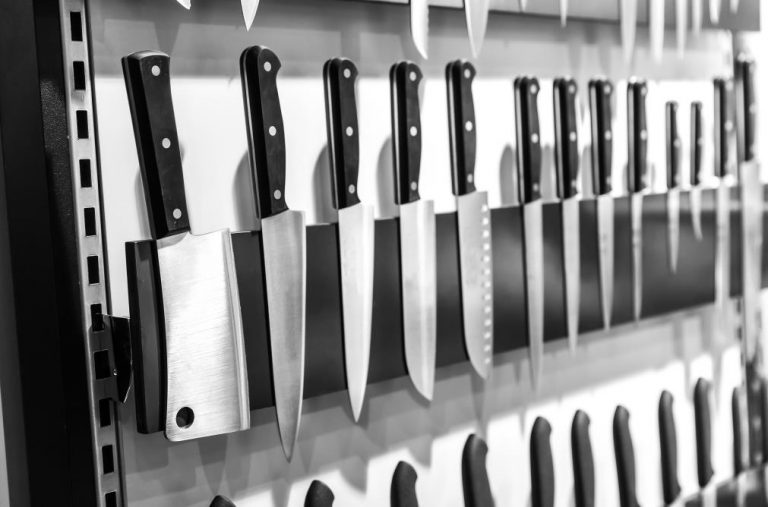The Japanese have long been regarded as leaders in the production of specialty knives in superior grade steels and with a pleasing aesthetic.
One of these knives that has become familiar to and loved by Westerners is the traditional Japanese Honesuki knife. As with most Japanese knives, the Honesuki is task and technique specific and in the case of the Honesuki, this knife is made for breaking down and jointing poultry carcasses into portions.
The Honesuki can also be used as boning knife on other types of meat, particularly small game, but its main function is poultry, that’s what the Honesuki was designed for.
We’re going to examine the Honesuki knife, its uses in the professional or home kitchen, and we’re also going to compare it to the Western boning and butchery knives that you may be more familiar with.
Does the Honesuki knife have an application for today’s knife buyer? Let’s find out!
What is a Honesuki knife?
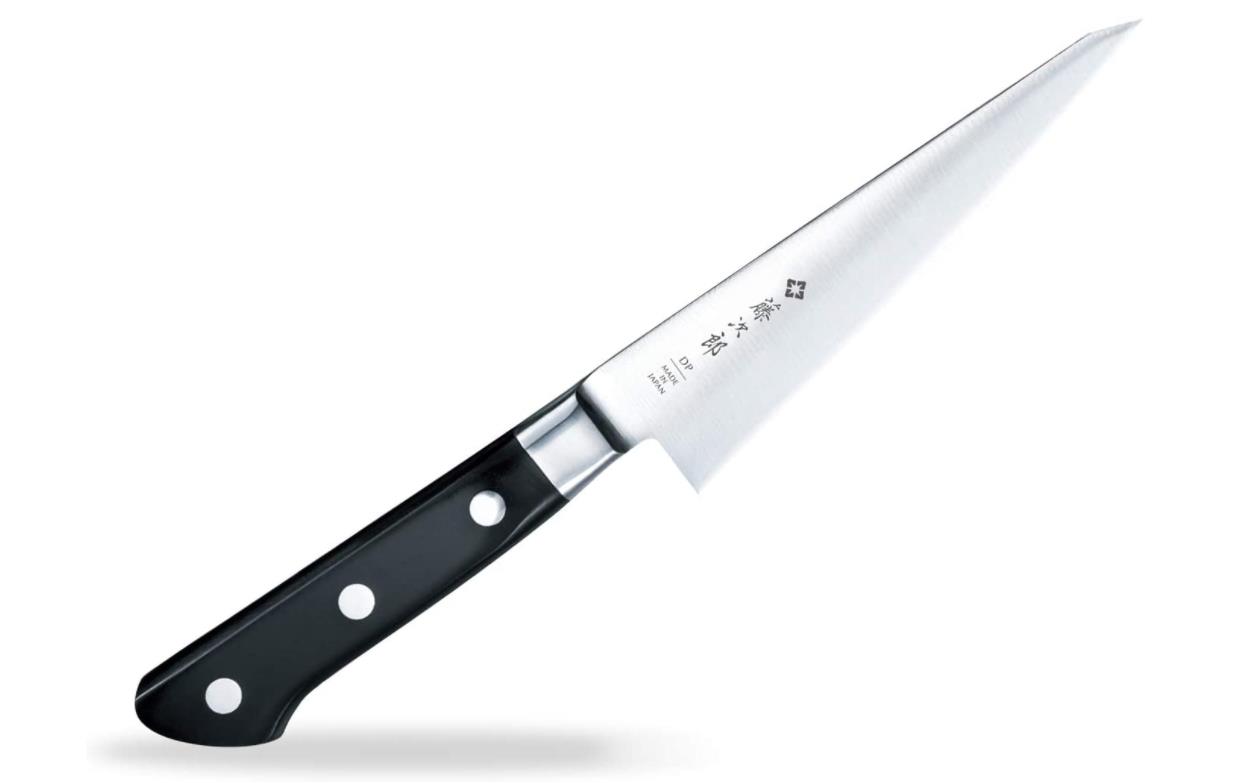
The Japanese name ‘Honesuki’ translates in English to ‘bone lover’ and this evocative name points to its main function – breaking down (jointing) raw poultry.
The Honesuki knife is commonly made from high carbon steel, and in blade length it usually measures from 4.5 inches to 6 inches, making it a small knife.
The blade shape of a Honesuki knife is distinctly triangular and the blade is single bevel traditionally although double bevel Honesuki are available. The Honesuki blade is thick and robust in the spine especially with a slightly angled reverse tanto tip. The blade of a Honesuki is stiff yet responsive, allowing the user to ‘feel’ exactly where joints are to cut through them accurately and easily.
There is some variety in style amongst the class of Honesuki knives but the core components we’ve mentioned remain the same, variations are there to provide for the aesthetic preferences of the user, the size needed for a particular hand or the user’s handedness, i.e., if they’re right or left – handed or ambidextrous.
As far as the handle of a Honesuki goes, these are available in an elongated Western style or in the traditional Japanese ‘wa’ style which has rounding or octagonal shaping to the handle’s form. A Western pinch grip handle is always popular as it’s familiar to many customers and easy to use in a practical sense.
What is a Honesuki knife used for?

The primary function of the Honesuki knife is to break down and joint whole, raw poultry into joints or manageable pieces.
The Honesuki is not strictly a boning knife in the true sense of the word, it is for dividing poultry into portions for use in different meals.
The Honesuki can also be used on other meats like game, beef, lamb, or pork, but it’s usually used for poultry only as this is what it was designed for.
Many people who’ve invested in a Honesuki use it for deboning chicken thighs or whole legs of chicken. As chicken thighs are cheaper and more flavorsome than chicken breast, it’s a very economical idea to buy the thighs or the whole chicken yourself and butcher it for personal use as opposed to paying a butcher to do it.
The clever cook would then also save the skin and chicken trimmings and bones for stock too, getting even more value for money.
This is one of the primary benefits of the Honesuki, it allows the buyer to process their own poultry which is a great skill to have and a necessity for the professional cook. It can offer big savings in the kitchen, especially if large volumes of poultry are being used.
Here are some meal/dish ideas that would really use the Honesuki knife to its full advantage:
- Clear white stocks which are the base of many fantastic dishes
- Ramen or pho broths
- Fried chicken dishes such as Japanese kara age or Southern style fried chicken
- Carving of the Sunday roast bird or Thanksgiving turkey
- Breaking down whole poultry for usage in soups, casseroles, stir fries and anything that needs poultry protein
Because of the Honesuki adeptness at poultry, it’s got an obvious application in places like abattoirs, poultry processing plants and restaurant kitchens where poultry features on the menu.
The Honesuki also offers a small amount of versatility as it can be used on other meats and on very hard vegetables like thick skinned squashes.
Some cooks like to use the back of the Honesuki blade for cleaning off the bones of the chicken instead of the blade edge, this can help preserve the sharpness of the blade and prevent micro – chipping to the blade’s surface.
The Honesuki knife vs Western boning/butcher knives

For starters, Western boning or butchery knives can be used across a variety of animal proteins/meats. The Honesuki on the other hand is designed primarily for poultry and this is where the Honesuki excels.
The blade on Western style boning knives is often thinner than the Honesuki, giving a more flexible blade. By contrast a Honesuki blade is thicker and shorter, meaning that in action it can tend to ‘wedge in’ instead of cutting through if it’s used on something it’s not meant for like vegetable prep.
A Honesuki blade is regarded by poultry prepping experts are more reactive and sensitive than Western boning or butchery knives. A good Honesuki will almost guide the user to feel out the joint split areas and where to cut.
The Honesuki blade is also much more steeply angled than a Western raw meat knife, so it will be hard to use on a flat surface or cutting board. For this reason, the Honesuki is often used to cut poultry that is held in the non – knife hand instead of meat that is placed entirely on a flat surface.
It’s a matter of taste, certainly, but many people buy Honesuki because they’re regarded as prettier and more interesting looking than your typical Western style butchery knife. The best Honesuki offer diversity and exquisite detailing for those customers that appreciate fine craftsmanship.
A Western style butchery knife will be used comfortably for deboning and cutting through large bones whereas the Honesuki is used properly for jointing a poultry carcass into pieces, it is not really meant for heavy butchery or large bones, its function is more surgical and less gung ho.
With the thicker blade than Western counterparts though, the Honesuki quickly moves through poultry and gives the user more weight behind the cutting action (relative to its size) than a Western boning knife would.
A key difference is that Western butchery knives are usually double bevel (two – sided edge to the blade) whereas the Honesuki and most other Japanese knives are traditionally single bevel.
It must be noted that a single bevel blade if not suited to the handedness of the user will tend to ‘steer’ in one direction, this can prove problematic so effort must be made to make sure the buyer is completely comfortable with the Honesuki beveling and operation in the hand.
Is the Honesuki knife a good investment for a knife store?

You can agree that just about everybody eats poultry and would like to save money by processing their own meat. Poultry is one of those food proteins rarely prohibited by religion or taboos, so a good Honesuki allows you to sell across a very broad range of cultures and faiths.
Not only is the Honesuki a poultry master, but it’s also attractive and so appropriate where people are either working professionally with bird proteins or just looking to expand their poultry butchering skills in the home kitchen.
Some useful tips on Honesuki handles
It’s a good tip to suggest to customers that they buy a Honesuki with a slightly textured handle to offset poultry fat and oil which can cause slippage.
Also, a handle that is either sold sealed or is maintained properly will not warp or crack from exposure to moisture. This is important for Honesuki knives particularly as they’re washed after every single use to prevent the spread of germs.
In conclusion
It is our hope that this article has enlightened you to the power of the Honesuki knife and what it can offer your buyers!
Do explore some more on the Lee Knives blog where we offer knowledge packed articles and practical resources to help your knife business and your knife ‘know how’ along. We also offer a diverse range of both Western and Japanese knives amongst others.
Need a fast and painless quote? We’d love to help you out with that too, so do visit our quote portal.
Until our next dive into the fascinating world of knife sales, stay well dear readers!
